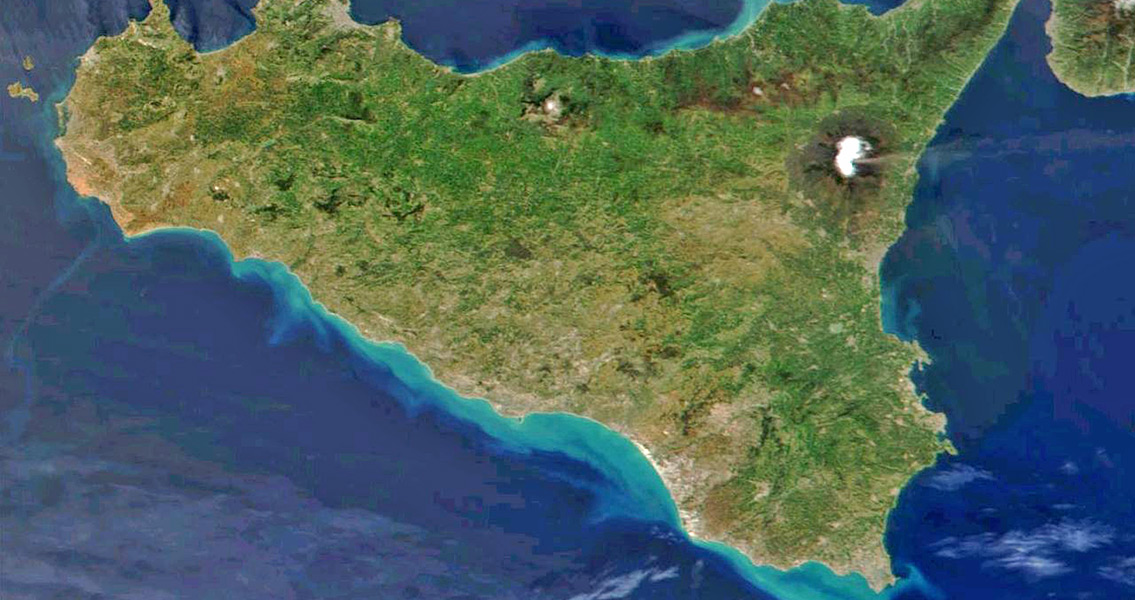<![CDATA[Two archaeologists have discovered a monolith dating back 10,000 years near the coast of Sicily. The stone resembles the monoliths in Stonehenge and probably had a practical function, serving the inhabitants of what was once an island as a lighthouse or an anchoring system, according to one of the researchers, Emanuele Lodolo. Speaking to Discovery News, Lodolo also said the size of the monolith and the presence of three holes in it, all of similar diameter, spoke of advanced technological skills among this ancient civilisation. The monolith is 3.2 feet long, with one hole crossing it completely and two others on the sides that do not go fully across it, Discovery News reports. The artefact was found at a depth of 131 feet in the Sicilian Channel, an area that before the Last Glacial Maximum - which peaked around 21,500 years ago - was partially a peninsula. The peninsula, called the Adventure Plateau was in the northwestern part of the Sicilian Channel and ended around 30 miles from the North African coast. As the Last Glacial Maximum ended and temperatures started to rise and the ice caps to melt, the sea level rose dramatically, submerging much of the Adventure Plateau. Some parts of it remained above water however, at least until the early Holocene, the scientists said. These parts formed an archipelago of small islands, one of which was Pantelleria Vecchia Bank. This island was inhabited by a civilisation that probably populated all the islands in the archipelago because of its agreeable climate. This climate stopped being so agreeable around 9,500 years ago, when Pantelleria Vecchia Bank was submerged. The time when the island sank has been estimated based on the post-glacial curve of the changes in sea level for this part of the Mediterranean, Discovery News notes. It was on this island that the monolith was found. Lodolo, who works at the national Institute of Oceanography and Experimental Geophysics in Trieste, and his colleague Zvi Ben-Avraham from the Department of Earth Sciences in Tel Aviv University, point out that the shaping of the monolith and the drilling of the holes could not be attributed to any known natural process - it must have been man made. According to them, cutting the stone, shaping it, transporting it and installing it would have required quite considerable efforts, given that the monolith weighs around 15 tonnes. In order to be able to do all this with it, the people who lived on Pantelleria Vecchia Bank ten millennia ago had to possess considerable technical and engineering skills. Lodolo went on to say that most of what science knows about the cultures that thrived 10,000 years ago comes from finds made on land. At the same time, however, a lot of what was land during the Mesolithic era is now under water in the continental shelves, which makes it difficult to access and examine. He added that the study of the Mesolithic cultures of the Mediterranean Basin needs to focus on the continental shelf in order to trace back their origins. Image courtesy of Wikimedia Commons user: NASA]]>
10,000-Year-Old Man-Made Monolith Found Near Sicily
